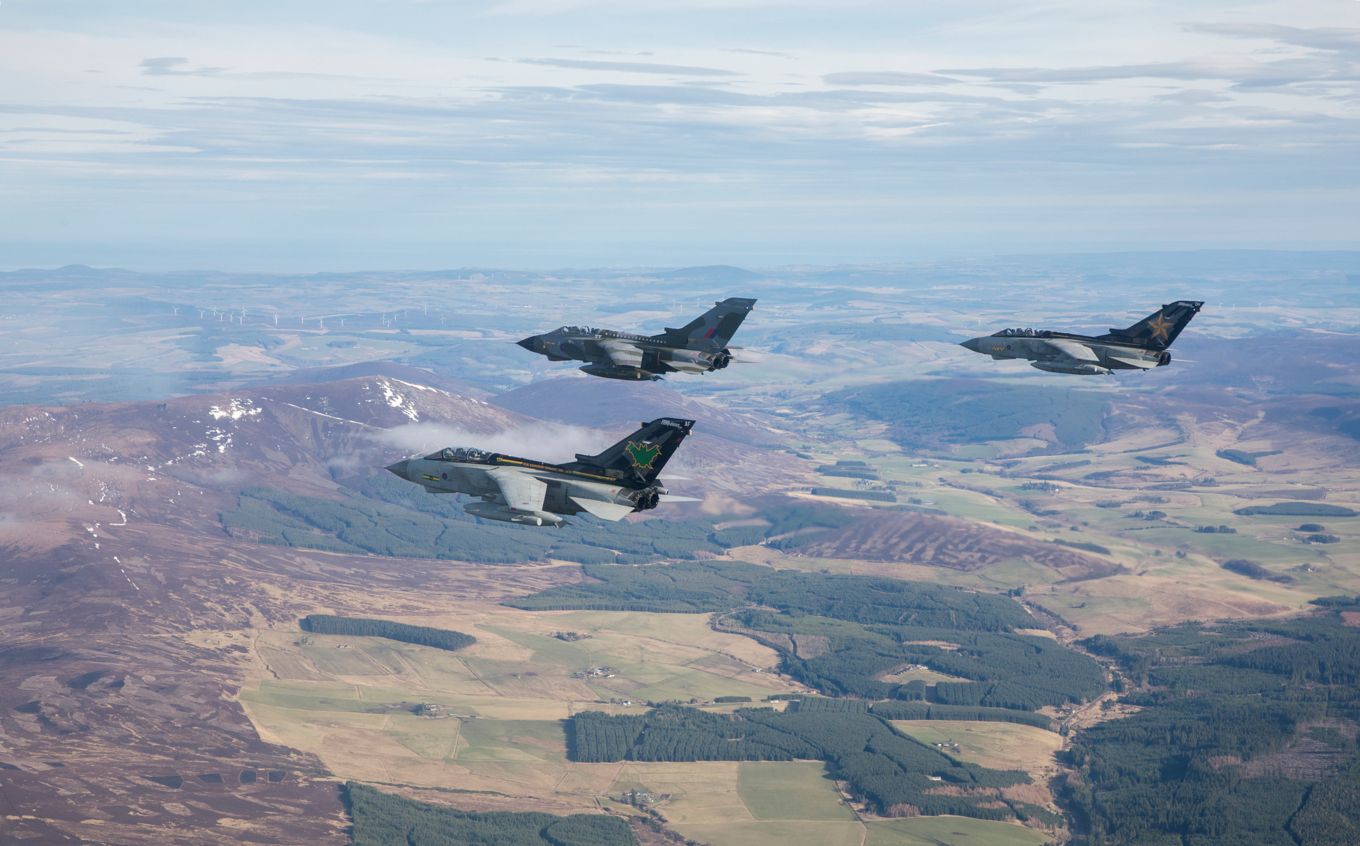Nearly 26 years after being introduced at RAF Lossiemouth, the iconic Tornado aircraft returned to Scottish skies for the last time this week.
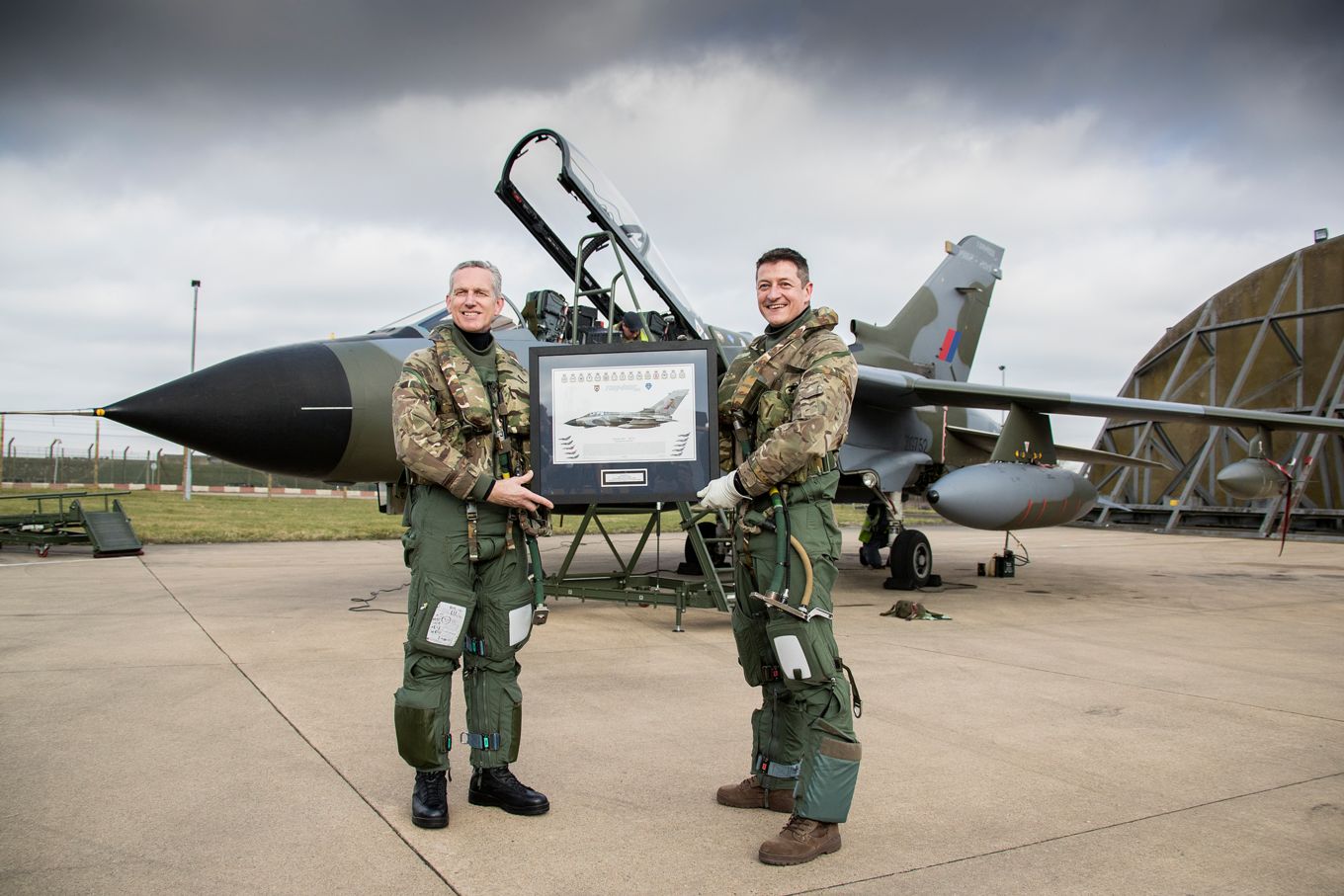
The final sortie of three days of flypasts marking the jet’s imminent retirement took place on Thursday over Scotland. The formation was led by the Chief of the Air Staff, Air Chief Marshal Sir Stephen Hillier KCB CBE DFC ADC, a Tornado pilot and former Station Commander of RAF Lossiemouth, who was flying the type for the last time.
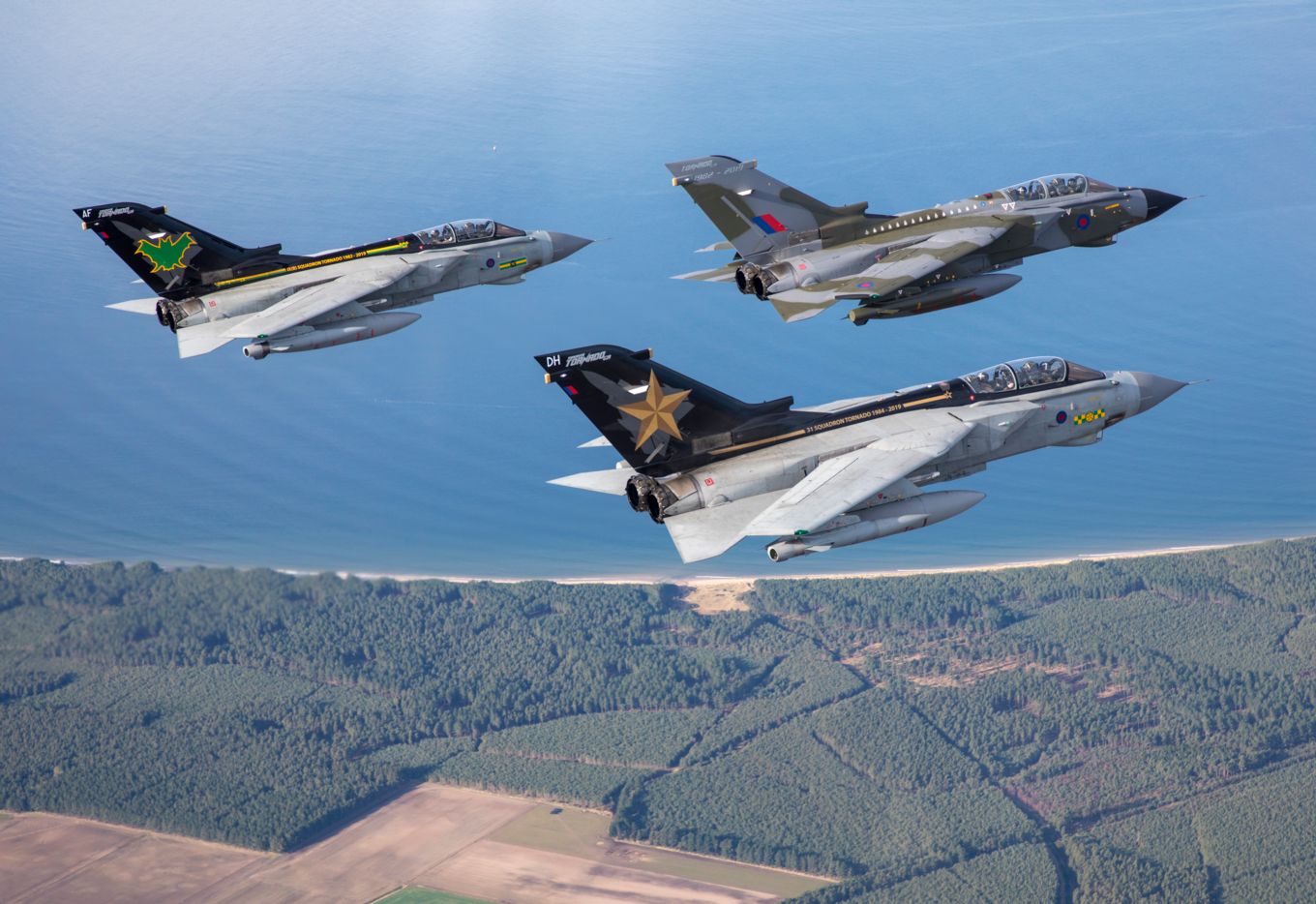
“My sincerest congratulations again to the Tornado Force as we approach its final few weeks in RAF service. As a Tornado GR4 pilot myself, I have seen the aircraft develop over its nearly 40 years of service into an outstanding combat aircraft, flown, maintained and supported by similarly outstanding air and groundcrew. The capabilities of the Force are underlined by its near continuous deployment on operations since 1990, serving with immense distinction in Iraq, Syria, Afghanistan, Libya and the Balkans. “
I will personally be very sad to see the Tornado retire, but it is time now to pass the baton to our next generation combat aircraft. The F-35B Lightning is now operational and the Typhoon is now fully multi-role capable and able to take on the Tornado’s missions. “
Air Chief Marshal Sir Stephen Hillier
Chief of the Air Staff
The four-aircraft formation flew a route that took in RAF Lossiemouth and Leuchars Station and was enjoyed by thousands of onlookers who had responded enthusiastically to the social media campaign heralding the flypasts.
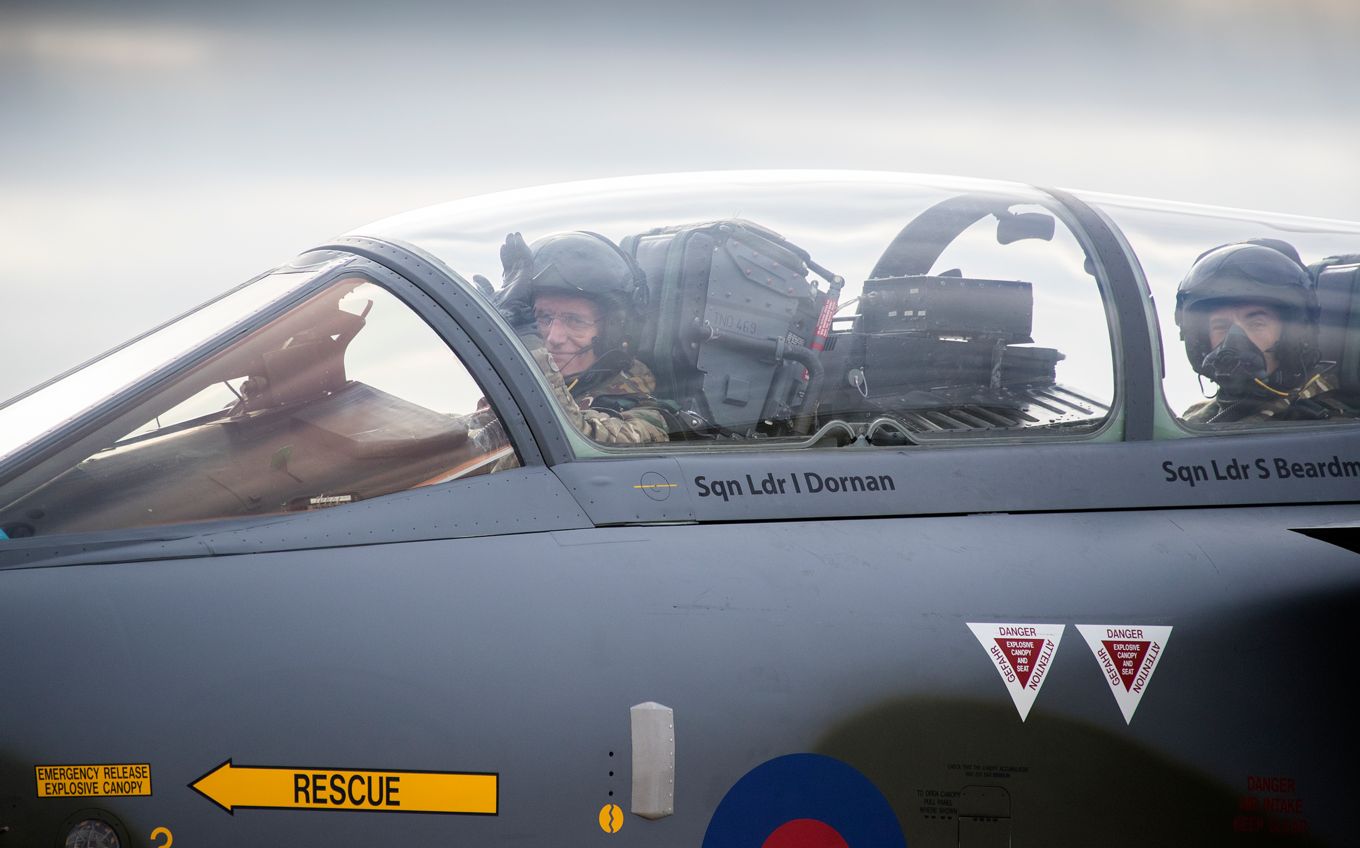
“It was an enormous privilege for me to lead today the final Tornado flypasts over Leuchars, Lossiemouth and Tain, and then back to Marham. Everyone can take immense pride in what the Tornado has achieved in defence of the nation over nearly four decades, and reflect back on the courage, commitment and achievements of everyone who has contributed to the success of this extraordinary aircraft.”
Air Chief Marshal Sir Stephen Hillier
Chief of the Air Staff
First entering service in 1979, the fast jets has been used in operations across the world, most recently bombarding Daesh to push the terrorist group back through Syria and Iraq. After over four years on Operation Shader, on 5 February this year the aircraft finally returned home from operations for good.
In the immediate term, the Tornados will be replaced by new weapons capabilities for the Typhoon jet. Under ‘Project Centurion’, worth £425m over the past three years, the Typhoon now has deep strike cruise missile Storm Shadow, air-to-air missile Meteor and the precision attack missile Brimstone at their disposal.
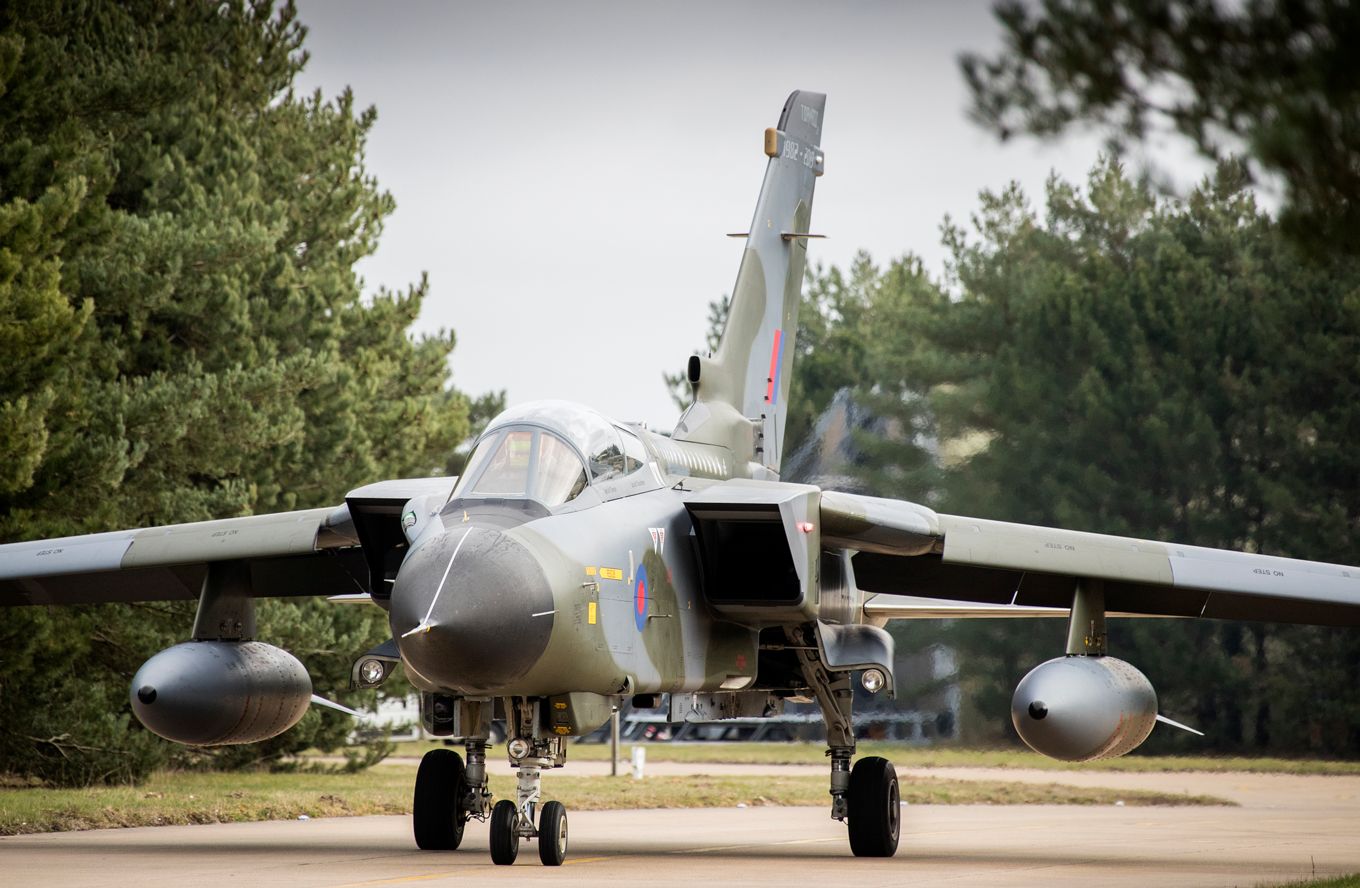
The RAF’s new fleet of F-35 Lightning jets will form the backbone of the UK’s combat air fleet alongside the Typhoon jets in the coming years. The Tornado will be officially retired from service at the end of March and will only be used for training purposes over the UK in the intervening period.
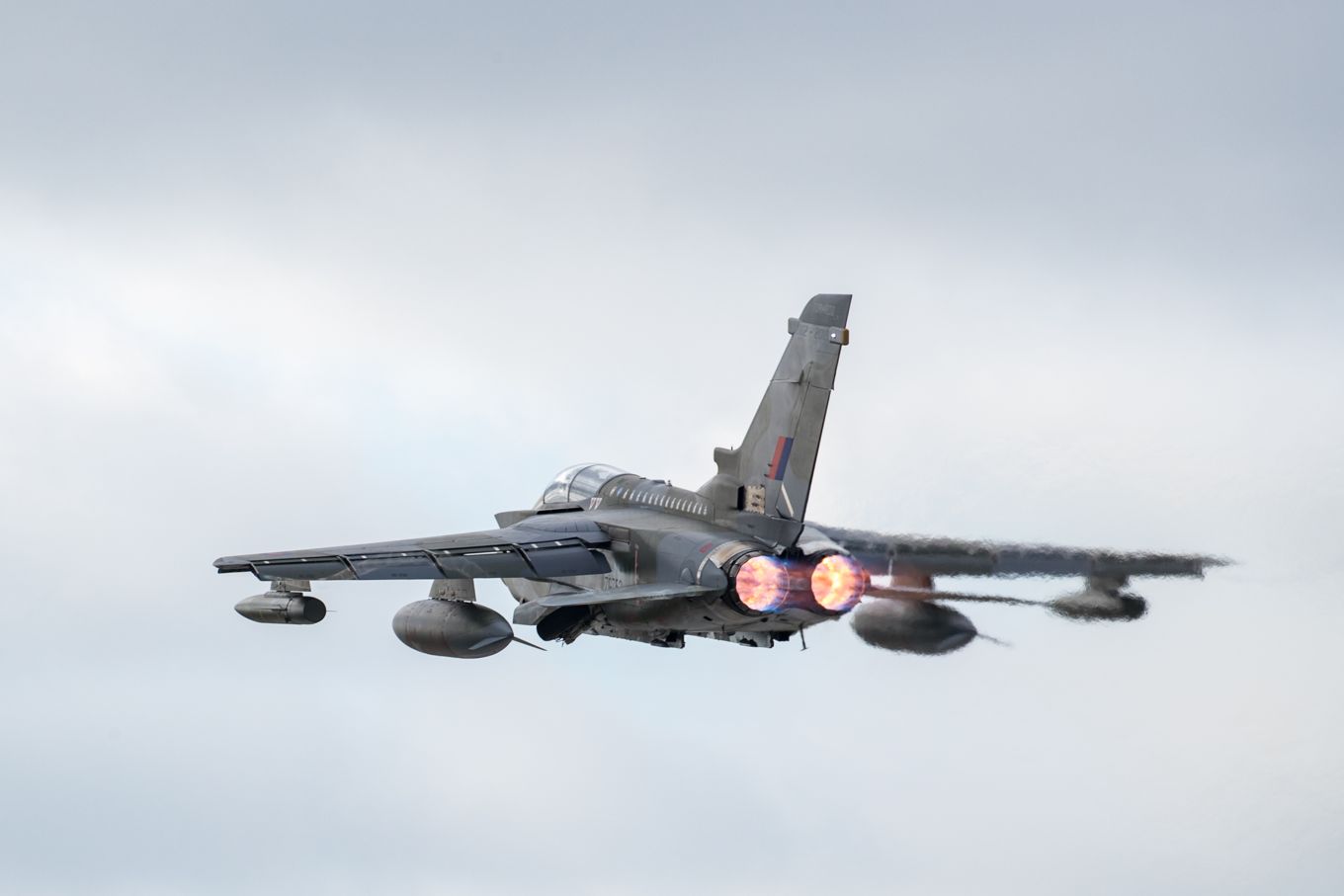
Nicknamed the "Tonka”, the aircraft’s first use in live operations was during the Gulf War in 1991, when 60 Tornado GR1s were deployed from bases in Saudi Arabia and Bahrain.
Two years later they were upgraded to the GR4 model, which has been used ever since over the skies of Kosovo, Afghanistan, Iraq and Syria.
